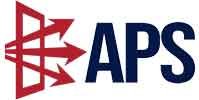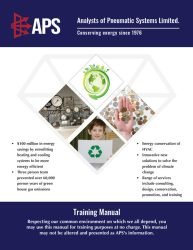The fundamental science of a major climate change solution was first presented in a patent from 1874. It is based on a more efficient hydraulic piston.
Another more efficient piston labelled the Diamond-Shaped Actuator (DSA) was patented internationally by the president of APS in 1999. It was applied in a practical climate change solution.
The application was based on three accepted scientific facts:
The DSA is more efficient than standard pistons. (Confirmed by multiple scientists/engineers.)
When a standard piston and a DSA are opposed, more fluid is pumped from the standard piston than the DSA requires, with both at identical pressure.

Applying the hydraulic formula Work = Pressure times Volume change (W= P∆V) to the volume change in the piston and the volume change in the DSA concludes with the Work input off the DSA being less than the Work output of the piston. (Win ˂ Wout).
The greater value of Wout minus Win produced surplus Work. This provides the energy to run a reciprocating hydraulic machine that provides its own energy and provides surplus external energy.
More information
Section thirteen of the APS training manual contains multiple reports on the system’s development.

